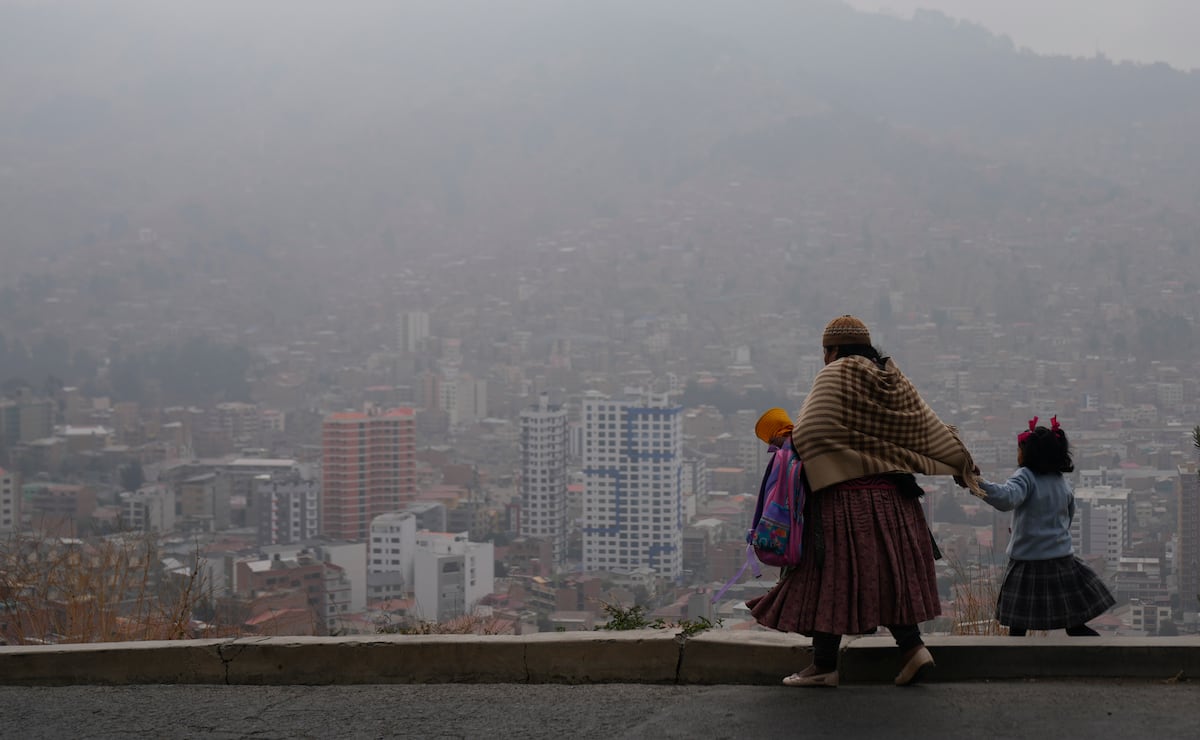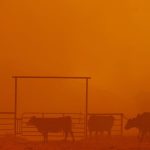
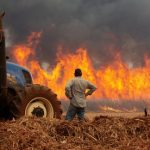
EL PAÍS offers the América Futura section openly for its daily and global information contribution on sustainable development. If you want to support our journalism, subscribe here.
A few years ago, forest fires stopped being sporadic news and became a constant concern. This is forcing national governments to take action – beyond determining whether or not the fire was intentional and appointing those responsible – by questioning and modifying their forest management policies, control of deforestation, fire management and bans on forests. agricultural burning. In a global context in which climate change is amplifying forest fires, local administrations, actors who until recently had remained on the margins of this discussion, are rethinking the role they should play in this fight against fires that sometimes occur. thousands of kilometers away.
Traditionally, in global cities, conversations about air quality revolved around addressing the main sources of urban pollution, i.e. transportation, waste, energy. Now, local governments are seeing how the fires are negating their efforts to clean the air. Requests for financing for the issue are becoming recurrent and a priority in Latin American cities such as Rio de Janeiro, Bogotá, Quito or Mexico City. Also striking are the constant demands for support for sharing “best practices” from other cities in fire management. And there are not many precedents or references: the feeling of having to do something, but not know where to start.
Many of these Latin American cities do not have the planning and public policy tools to confront them: their air quality guiding plans rarely mention preventive or mitigation measures against fires. There is also little understanding of the dynamics of these fires and how they affect cities, sometimes thousands of kilometers away from the sources of their spread.
The California case is particularly alarming and an indication of what could be happening in many other regions of the world. The state of California is a global benchmark for its innovative environmental policies: they have made significant progress in improving air quality and mitigating climate change despite the reluctance and frank setback on environmental matters by the United States federal government. However, this trend began to change in the last ten years and coincides with the time in which fires began to become more important: just remember the apocalyptic photos of orange skies in the Bay Area, San Francisco.
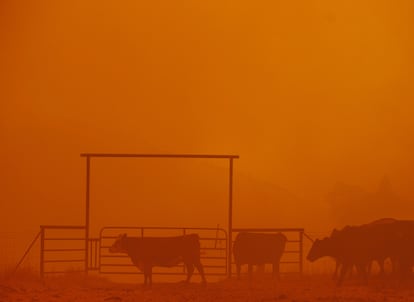
Today we already have some preliminary data on something that we could intuit when seeing those images: it is estimated that these forest fires, in just six years, have erased a quarter of the progress that had been made in air quality in the United States.
What we are witnessing with this is also a gradual and consistent disappearance of that artificial – and erroneous – division that used to be made between climate change and air quality: poor air quality is, increasingly, the consequence of change climatic.
In Latin America we are still far from being able to quantify the impacts that forest fires have on our cities, but we listen and share the concern about this new challenge that we are facing and that requires new political tools and institutional coordination.
Rio de Janeiro and São Paulo, cities that historically have never had worrying concentrations of fine particles (PM2.5), have been strongly affected by forest fires coming from the Amazon, sources that are located about 1,500 kilometers from said cities. Today, the air in São Paulo is declared the most polluted in the world and a few months ago, Brazil announced a state of emergency due to forest fires. The country is facing the most severe drought in its history and is registering a record number of fires: at the time of publication, at the end of August, more than 50,000 were active. These cities, poorly prepared for these high concentrations of PM2.5, have had to rethink the alert systems for environmental contingencies and the preventive measures taken in these cases to protect the populations. Even more worrying, many of these cities do not have air quality monitoring systems to be able to warn about concentrations that are dangerous to the health of citizens.
In Quito, Ecuador, something similar is happening: schools remained closed for several days and authorities are calling on citizens to avoid going outside due to the poor air quality. And Ecuador is facing a wave of fires in eight of the country’s 24 provinces, with a record of nearly 252 fires. Added to this are the fumes from the out-of-control fires in the Amazon.
Faced with this emerging problem and concern, we need to formulate new scientific questions: what is happening? How to avoid the progressive deterioration of air quality in our cities due to forest fires? What political power do cities have to react to fires? How long can we be exposed to wildfire fumes before we begin to feel the impacts on our health? Can this become a new public health crisis?
Could this become a new public health crisis?
Fire spots are often thousands of kilometers away from cities, but fine particles travel far and fast.
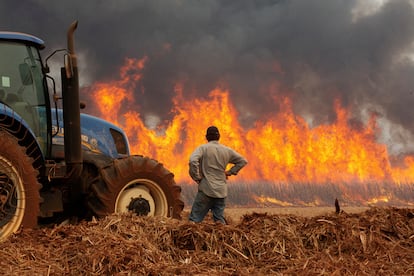
We have some indications: the August 2020 fires in California resulted in a record 30 days of poor air quality alerts in the Bay Area region. Doctors reported a 43% increase in heart attacks and cardiovascular problems, as well as a 12% increase in hospital admissions. This is what we call acute, short-term effects. With longer-term or chronic effects, it is estimated that these 30 days of poor air quality could have led to premature deaths for thousands of people. Added to what continues to happen to our bodies long after the forests stop burning is a cumulative effect: how much fire smoke will we inhale throughout our lives?
More evidence: In 2017, in the United States, a community was exposed to high concentrations of PM2.5 from fires for six weeks. This community had medical follow-up for two years: after a little more than a year they began to see how the lung functions of these inhabitants declined.
To measure, in some regions of Brazil, it is estimated that inhabitants were exposed, between 2010 to 2019, to six months of poor air quality per year, largely due to forest fires. We have some other data, also from Brazil: at a peak of fires, in August 2019, there was a 65% increase in hospitalizations. We still don’t know about the chronic effects.
We need long-term research – and funding – to be able to monitor the impacts on affected populations. But one thing is clear: being exposed to fire fumes has a negative impact on human health, with an increased risk of heart attacks, strokes, complications in pregnancy and childbirth, mental health problems and some types of cancer.
The fires are forcing climate governance to become more complex: mayors of global cities will have to take an increasingly central and vocal role in national geopolitics to achieve greater coordination with other levels of government. Ultimately, in most countries, it is the national level that is in charge of forestry policy and fire suppression measures. In countries like Mexico and Brazil, the gradual dismantling of forestry policy and its financing accentuates the problem.
Added to this is climate change: higher temperatures, shorter or changing rainfall patterns have extended fire seasons; fires that are fueled by highly exotic species flameable like eucalyptus trees, experts in detonating, spreading and keeping flames alive.
In the distance, in our cities, we follow the pulse of the fires to the rhythm of the activation of contingencies due to PM2.5. And about ozone, we must not forget: the higher the temperatures, the higher the peaks of this pollutant will also be.
